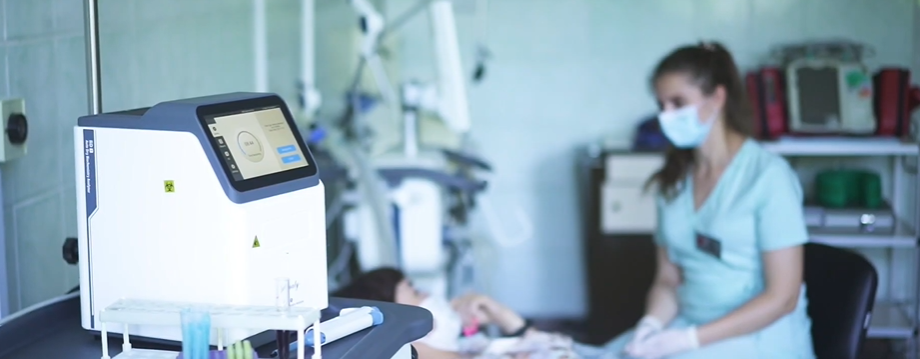release time:2021-12-17 15:06:42

Seamaty's SMT-120VP (fully automated biochemical analyzer) can quickly detect ALT & AST levels in a cat's blood in just 12 minutes. As a manufacturer specializing in the development and production of POC testing instruments and reagents, we are very pleased to work with distributors in various countries. If you would like to distribute our products, you can contact us at sales@seamaty.com.

2022-07-07
Point-of-care (POC) testing is a type of medical test that can be performed at the bedside or in another location outside of a traditional laboratory setting. This type of testing offers many benefits, including convenience and timeliness.

2022-05-17
A simple formula to describe POCT devices is "Point-of-care diagnostic products = fast + accurate + small instruments". most point of care testing devices have undergone a process of gradual simplification and improvement from traditional testing methods to achieve convenient and rapid on-site examination at the patient's side for the purpose of rapid diagnosis.

2022-01-13
When an abnormality is found on a biochemical test report, is it possible to determine that the animal's biochemical test results are abnormal and that it means that the animal is in poor health?